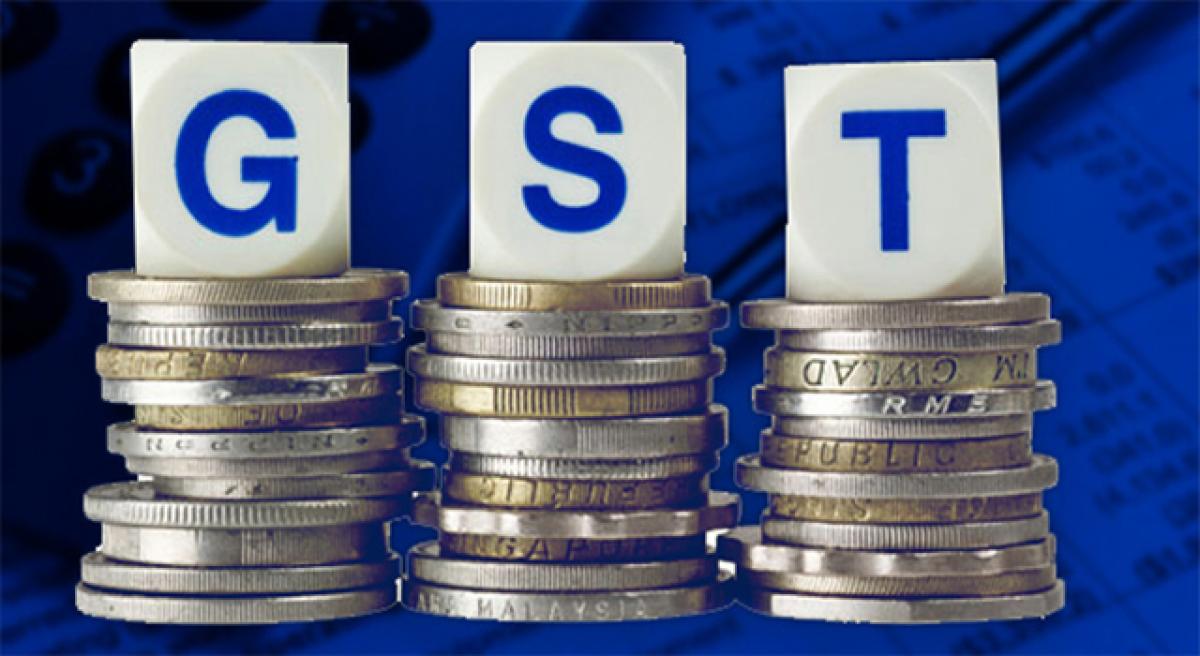Just In

As it removes multiple forms of taxation, business and industry will benefit from an easy business environment. The post-reform experience suggests that doing business with ease will facilitate investment and economic activity.
The much-awaited Goods and Services Tax (GST), the value-added tax, at last, rolls out with the Rajya Sabha giving its approval. It creates a national market enabling seamless flow of goods and services, thus forging higher growth. But how it will pan out in a country with inequalities is something to watch.
As it removes multiple forms of taxation, business and industry will benefit from an easy business environment. The post-reform experience suggests that doing business with ease will facilitate investment and economic activity.
Effective taxation may come down as the GST removes the cascading taxation prevalent now. But, whether the corporates will transfer the benefits to the consumer is a million dollar question. Till now, it rarely happened. More than the taxation, the competitiveness normally decides the price of commodities and services.
The larger national political consensus cannot make us oblivious to the federal concerns. The States strong in manufacturing may lose out as the GST is levied at the point of consumption than production. This is precisely the concern of Tamil Nadu. The fear is that the GST may act as a disincentive to the mission of ‘Make in India.’
Notwithstanding the benefits of a unified competitive national market, States have to forego their right to tax to a great extent. Thus, taxation boils down to a mere fiscal exercise rather than regulatory system to ensure socially desirable consumption.
States are apprehensive that lesser unified GST would mean a significant dent into their revenues quite contrary to the spirit of cooperative fiscal federalism. However, the Centre promises to compensate States, but only for a limited period. The acrimonious voices may surface as the rollout begins.
To silence these apprehensions, the concept of Revenue Neutral Rate (RNR) of GST is proposed. But such an exercise is fraught with estimates going haywire. However, to address the concerns of States, a higher unified GST would mean higher inflation, hitting the consumer hard. The GST regime has to balance between the revenue concerns of States and the price concerns of the consumer.
The political pressures may keep the GST lower, to begin with. But as the States increasingly complain of revenue loss, there is every possibility of GST effectively going up. This would mean higher indirect taxes in a country where the direct taxes are one of the lowest. The GST regime should be cautious to prevent further accentuation of regressive taxation.
In the GST regime, the States will lose fiscal autonomy. It actually means a loss of public policy freedom for State governments, effectively choking the federalism.
Thus the GST ushers in higher growth, improved economic competitiveness, hassle-free businesses, flawless markets, and riddle-free taxation. But it can foster a staggered taxation regime unsuited to a country of unprecedented inequalities.
It can even mean much more regressive indirect taxation hurting the common man. The only hope is that the improved economic performance induced by the GST would offset the losses the new regime could inflict. It’s a promise that the political proponents of GST cannot ignore.

© 2024 Hyderabad Media House Limited/The Hans India. All rights reserved. Powered by hocalwire.com







